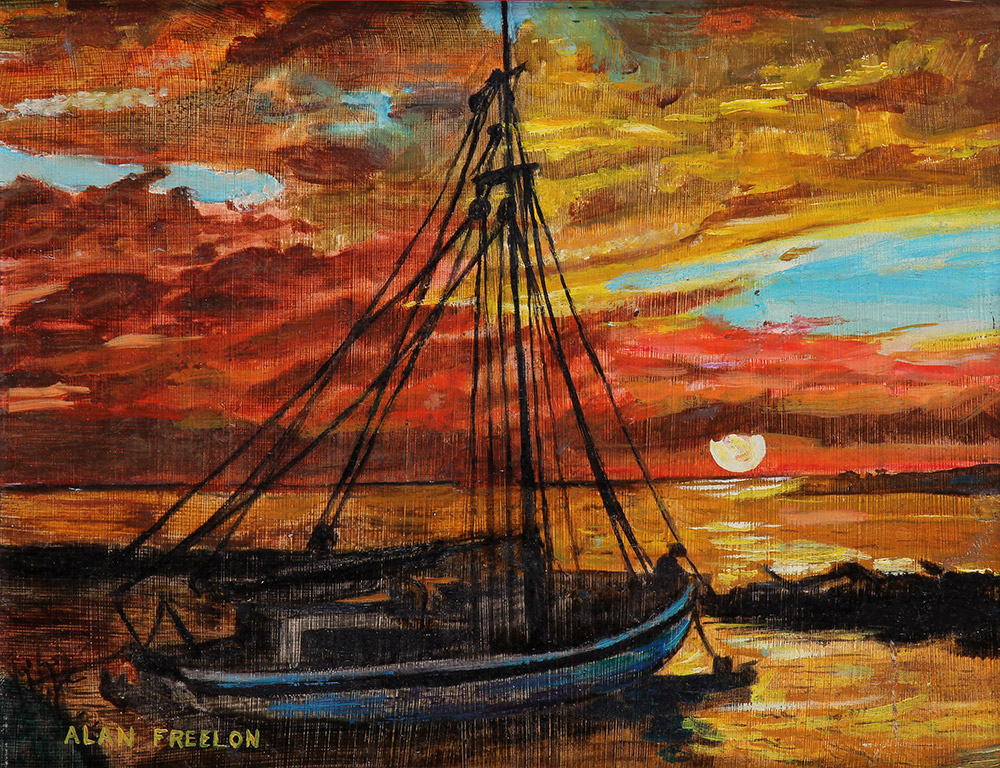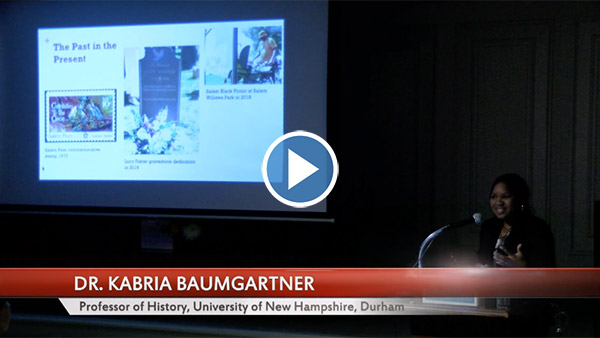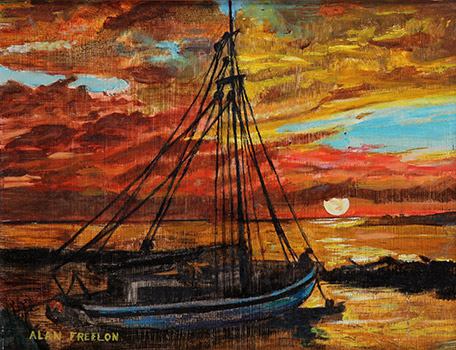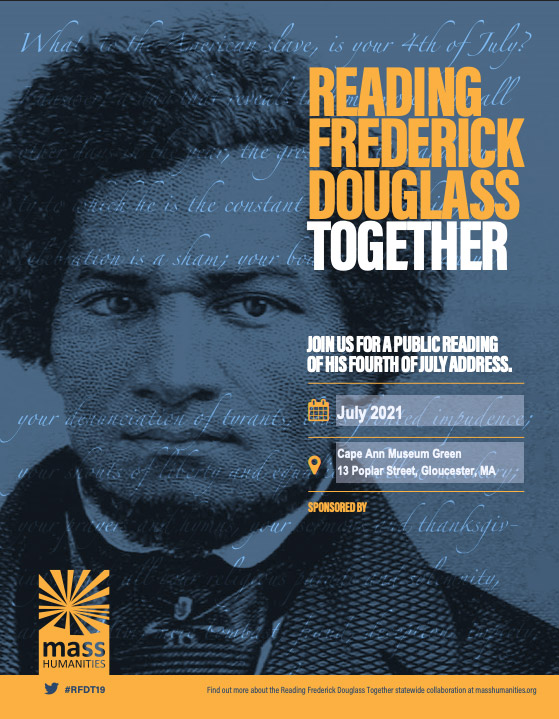
Dear Friends,
During this past month, the Cape Ann Museum has energetically forged ahead with exciting new plans, including the launch of our new Virtual Lecture Series—we hope that you can join us for the next lecture on February 26. Having welcomed three new team members, including seasoned professionals to lead our education and philanthropy efforts and an executive assistant, I am happy to share that the Museum has entered 2021 with great momentum! January also saw the Museum welcome our first school group of the year. We encourage all teachers to bring your students for safe socially distant visits to our galleries in the months ahead! To inquire about School Group visits please email our Education Department.
Today, we are proud to share this issue of CAM Connects focusing on Black History on Cape Ann. In pursuit of our mission to foster an appreciation of the quality and diversity of life on Cape Ann, the Museum is making strategic efforts to offer programming, support research, and tell the stories of Black people who have lived and worked in our area.
These efforts include digging deeper into the families and the histories that have to date been either omitted or forgotten in the social and economic story of Cape Ann. The slave trade was far more integral to the complex web of the maritime trade, and thus Gloucester's growth, during this period than has been previously understood. This important research will also include an investigation of CAM's three historic properties: the White-Ellery House, built in 1710, the Babson-Alling House, built around 1740, and the Captain Elias Davis House, built around 1804. During the time that those houses were built, much of the maritime trade from Gloucester was directly or indirectly profiting from the institution of slavery, as did some of the inhabitants of those houses at various periods. As we prepare to highlight these structures through exciting new programming at the CAM Green and 27 Pleasant Street, the Museum is also committed to researching and acknowledging their full histories.
We encourage our readers to share their own stories and photographs with us as we explore the layered story of this region and its many historic properties.

Oliver Barker, Director
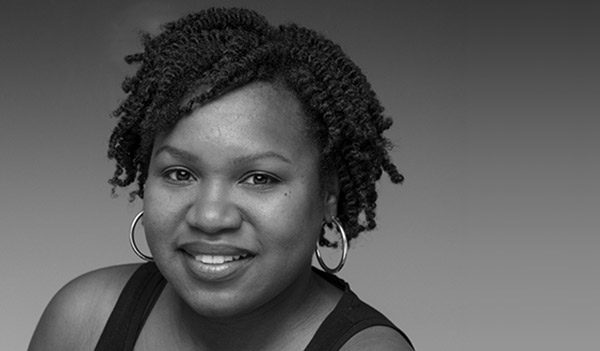
Dr. Kabria Baumgartner
University of New Hampshire

Dr. Elizabeth Duclos-Orsello
Salem State University

Allan Freelon (second from the right) and fellow students with Hugh Breckenridge, c. 1920s. Collection of the Cape Ann Museum Library & Archives, Gloucester, MA.
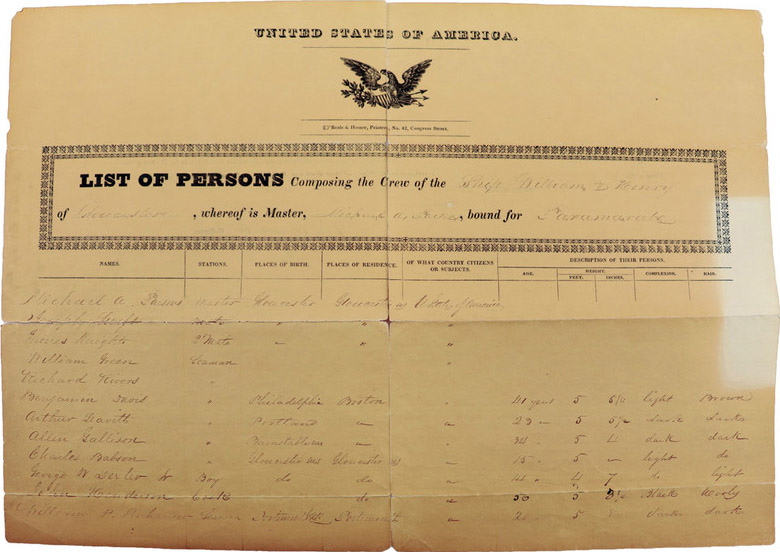
Crew list for the ship William and Henry, May 20, 1833. Collection of the Cape Ann Museum Library & Archives, Gloucester, MA.
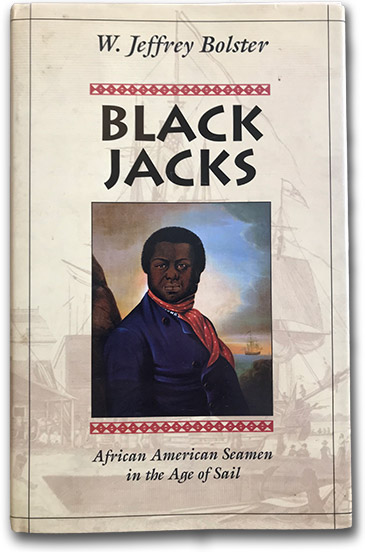
Black Jacks: African American Seamen in the Age of Sail by W. Jeffrey Bolster, 1997. Copy held in the Collection of the Cape Ann Museum Library & Archives, Gloucester MA.


